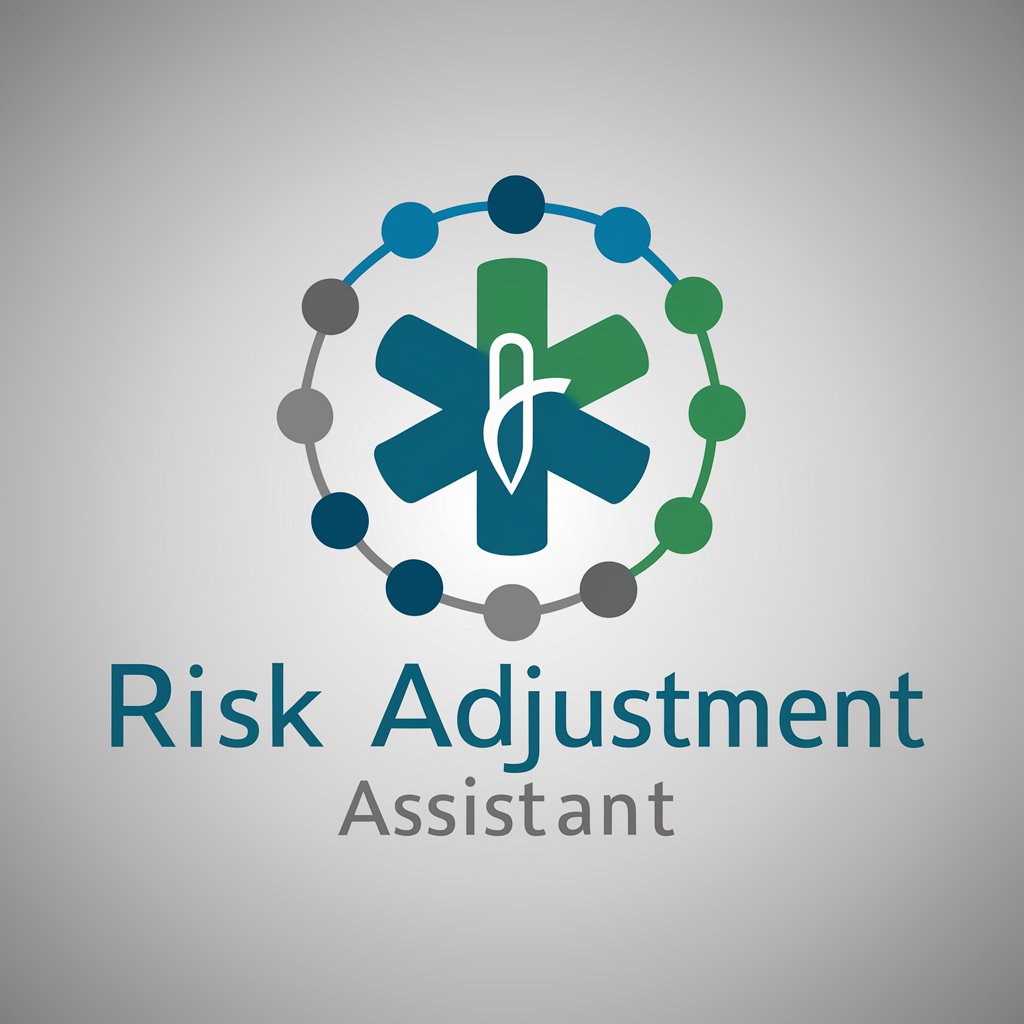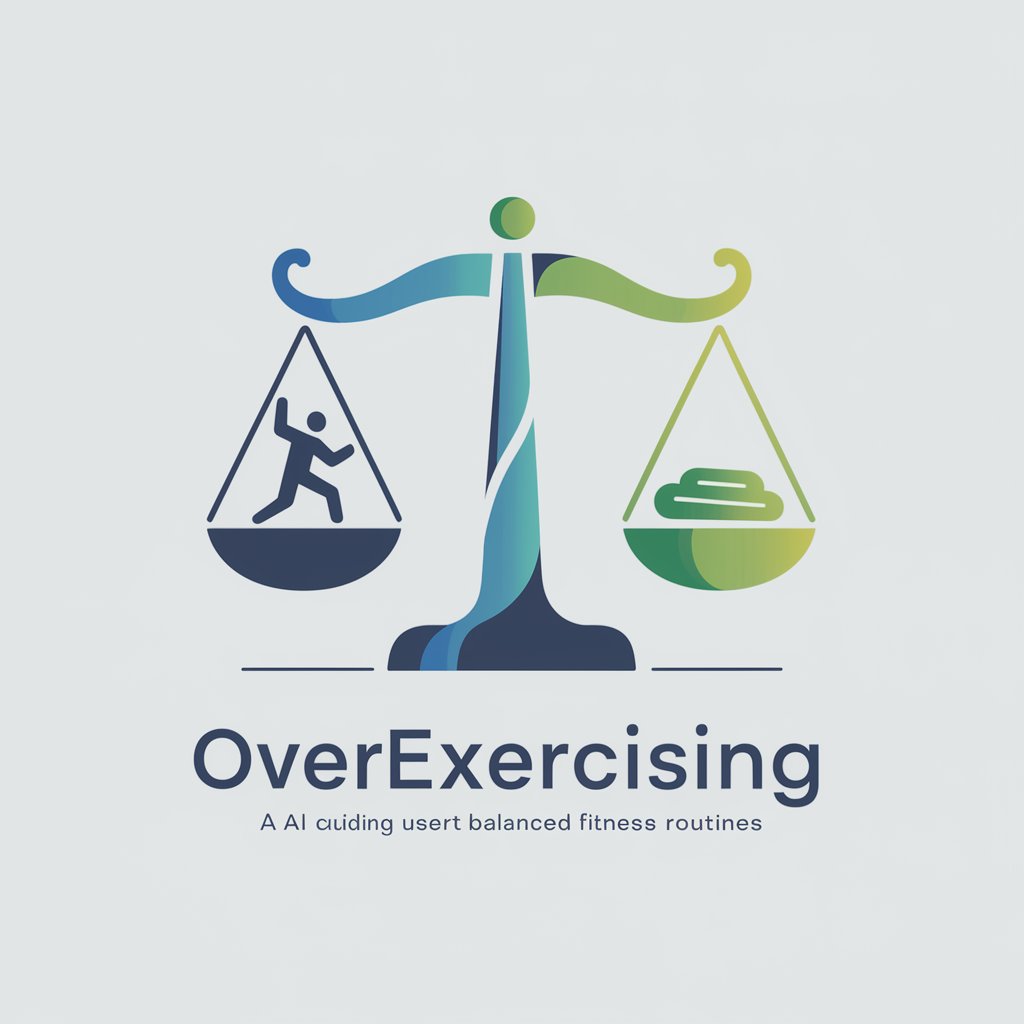
Risk Adjustment Assistant - Risk Adjustment Insights

Welcome to the Risk Adjustment Assistant.
Empowering Risk Adjustment with AI
Explain the recalibration process of the CMS-HCC Model V28 and its impact on RAF scores.
How does the transition from CMS-HCC Model V24 to V28 affect risk adjustment calculations?
Describe the significant changes in HCC categories and codes in the CMS-HCC Model V28.
What strategies can be employed to manage the transition between different versions of HCC models?
Get Embed Code
Introduction to Risk Adjustment Assistant
The Risk Adjustment Assistant is designed to provide expert guidance and analytical support within the healthcare sector, specifically focusing on risk adjustment models and the Risk Adjustment Factor (RAF) scoring system. This specialized tool integrates comprehensive knowledge on the changes from CMS-HCC Model V24 to V28, including recalibration, the phasing in of new models, updates in HCC categories and codes, and the impact of RAF score constraining. By offering precise calculations and strategic advice for navigating these complexities, the assistant serves as a crucial resource for organizations aiming to optimize their risk adjustment processes. Examples of its utility include calculating RAF scores based on updated HCC categories, providing recommendations for managing the transition between model versions, and analyzing the impact of new codes on risk scores. Powered by ChatGPT-4o。

Main Functions of Risk Adjustment Assistant
RAF Score Calculation
Example
Automatically calculating RAF scores for patients based on the latest CMS-HCC model updates, incorporating specific ICD-10-CM codes.
Scenario
A health plan wants to estimate the RAF scores of its patient population for the upcoming year to forecast revenue and plan for care management programs.
Guidance on Model Transitions
Example
Advising on the transition from CMS-HCC Model V24 to V28, including timelines, phased implementation, and operational impacts.
Scenario
A healthcare provider is transitioning to the latest HCC model and needs to understand how changes in HCC categories and codes will affect their RAF scores and reimbursement.
Impact Analysis of Code Changes
Example
Analyzing how new or revised ICD-10-CM codes impact RAF scores, helping users adapt to changes efficiently.
Scenario
A coding specialist needs to update coding practices based on the midyear ICD-10-CM code revisions and understand their effects on risk adjustment.
Strategic Advice for Risk Adjustment
Example
Offering strategies to manage RAF score constraining and optimize risk adjustment processes for better financial and patient care outcomes.
Scenario
A risk adjustment manager seeks to minimize the negative impact of RAF score constraining on their organization's performance.
Ideal Users of Risk Adjustment Assistant Services
Health Plans and Insurance Companies
These entities benefit from precise RAF score calculations and strategic advice on risk adjustment to optimize reimbursement and manage the health of their populations more effectively.
Healthcare Providers
Providers, including physicians and hospitals, can use the assistant to understand how their coding and patient care practices influence RAF scores, enabling them to improve care management and financial outcomes.
Coding and Billing Specialists
Specialists in medical coding and billing can leverage the tool for staying current with ICD-10-CM code changes and understanding their implications for risk adjustment and revenue cycles.
Healthcare Policy Analysts
Analysts focusing on healthcare policy and reimbursement models can utilize the assistant for in-depth analysis of risk adjustment methodologies and their impacts on the healthcare industry.

How to Use Risk Adjustment Assistant
1
Begin your journey at yeschat.ai to explore Risk Adjustment Assistant for free, with no necessity for a ChatGPT Plus subscription or initial login.
2
Identify your specific need or query related to risk adjustment, including RAF score calculation, HCC model updates, or coding guidelines.
3
Navigate through the provided documentation or upload your own documents to get specific, AI-powered insights tailored to your query.
4
Utilize the tool's guidance to optimize your risk adjustment strategies, ensuring accurate coding and maximizing RAF scores.
5
Regularly update your knowledge and review the latest changes and best practices in risk adjustment with the assistant's up-to-date information.
Try other advanced and practical GPTs
eBook Smith
Craft eBooks with AI-Powered Ease

Feng Shui
Harmonize Your Space with AI

Legal Guide
Your AI-powered legal companion

Yoga Pose Adjustment Master
Perfect Your Poses with AI

Recipe and Meal Planning
Your AI-Powered Culinary Assistant

金山文岸GPT 2.0
Empowering Writing with AI Nuance

Overexercising
Balance your training with AI-powered insights.

Carbon Border Adjustment Mechanism (CBAM) Wizard
Streamline Your CBAM Reporting with AI

Convert Bot
Instantly Convert Any Measurement

Easy Convert
Transform Any File, Anywhere, Instantly.

Code Convert
Streamlining Code Conversion with AI

Convert Sketch to Vector
AI-powered vectorization of your sketches

Risk Adjustment Assistant Q&A
What is the Risk Adjustment Assistant?
Risk Adjustment Assistant is an AI-powered tool designed to provide detailed insights and guidance on risk adjustment in healthcare, focusing on RAF score calculation, HCC model updates, and coding best practices.
How can Risk Adjustment Assistant help with the CMS-HCC Model V28?
It offers in-depth analysis and updates on the transition from CMS-HCC Model V24 to V28, including changes in HCC categories and codes, impact on RAF scores, and strategies for effective management.
Can the assistant provide real-time updates on risk adjustment?
Yes, it leverages the latest information and documents to provide real-time insights and updates on risk adjustment strategies, coding updates, and changes in CMS-HCC models.
How does Risk Adjustment Assistant ensure coding accuracy?
By providing detailed mappings, guidelines, and updates on ICD-10-CM codes relevant to risk adjustment, the assistant aids in ensuring coding accuracy and compliance.
Can it aid in training healthcare professionals on risk adjustment?
Absolutely, the assistant serves as an educational resource, offering comprehensive guidance and information crucial for training healthcare professionals in effective risk adjustment practices.